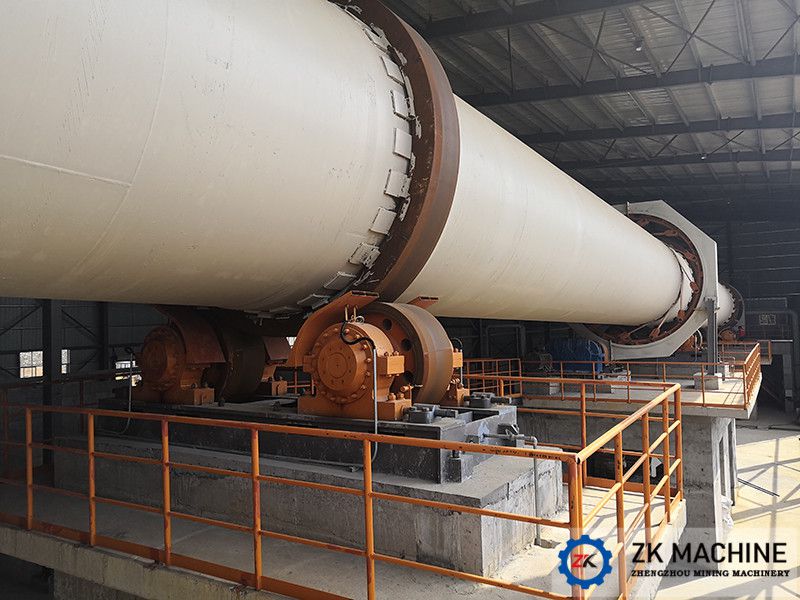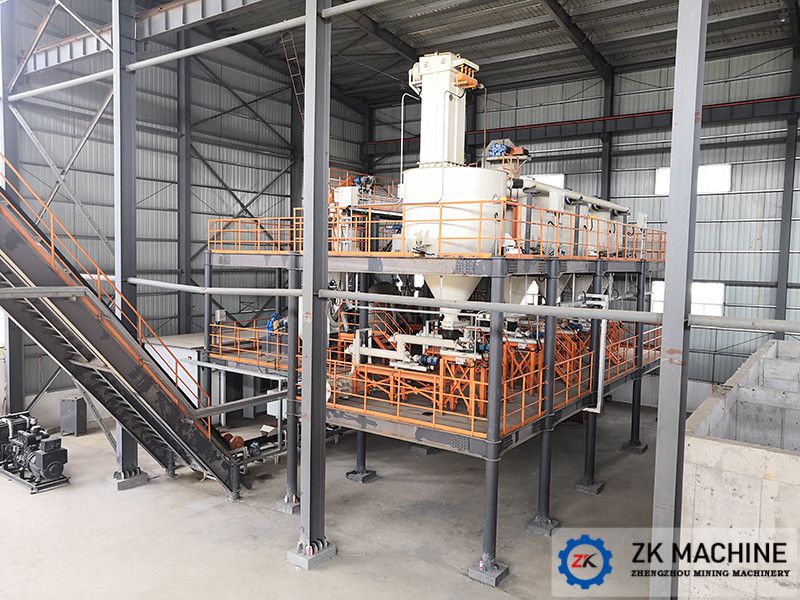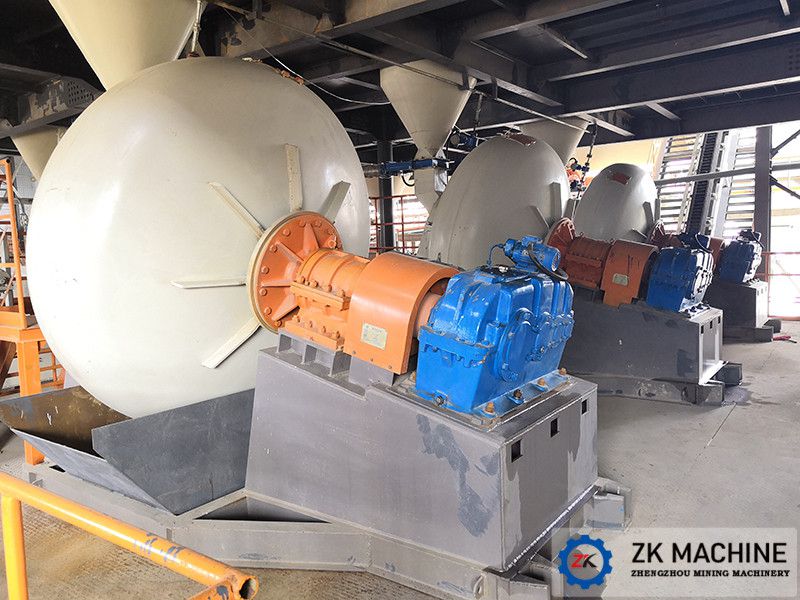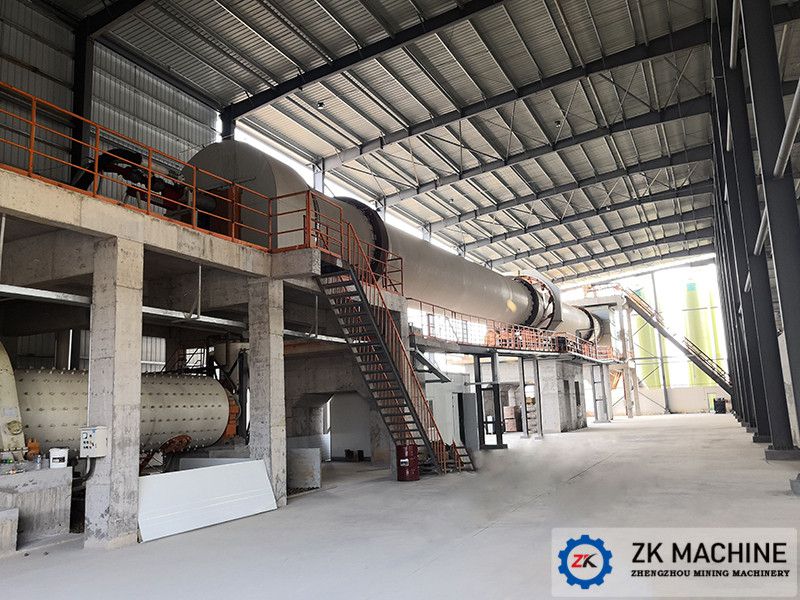Keywords: lithium production line, lithium rotary kiln, lithium grinding equipment, lithium equipment manufacturer
Page description: In December 2017, Daide Technology (Dongguan) Co., Ltd. ordered a lithium production line with an annual output of 2,000 tons from Henan Zhengzhou Mining Machinery Co., Ltd. The main equipment includes rotary kiln, ball mill, spiral weighing scale, granulator, desulfurization tower, Air compressor, etc. The project was completed on-site installation and commissioning at the end of December 2018.
Signing date: 2017-12-29
Processing material: Lepidolite
Processing capacity: 2,000 tons per year
Equipment configuration: rotary kiln, ball mill, granulator, elevator, desulfurization tower, air compressor and other ancillary equipment
1. Project Overview
Lithium is a basic chemical raw material that can be used in glass, ceramics, medicine, food, rubber, dyes, semiconductors, military and defense industries, televisions, atomic energy, medicine, catalysts, etc., and has broad market demand. Daide Tech. (Dongguan) Co.,Ltd is mainly engaged in mechanical equipment, sheet metal, molds, mobile phone accessories, spray coating and other businesses. It is located in Dongguan, Guangdong. Based on the lithium market prospects and preliminary feasibility analysis, it plans to invest in the construction of a lithium production line with an annual output of 2,000 tons. This project is a battery-grade lithium production line constructed in Yichun. The main raw material is lepidolite, and the main processes are batching, granulation, calcination, grinding and subsequent refining. After more than half a year of technical communication and experiments, the process of this project was determined. When producing lithium from lepidolite, many companies directly put the powder into the kiln for calcination. It is easy to cause kiln formation and uneven calcination in the later stage. This project uses lepidolite to granulate and then enter the kiln to effectively solve the problem of kiln formation. Case. The process design and civil engineering design of the entire early roasting stage of the project were completed by our company. It was Zheng Kuang’s technical strength that impressed the customer and led to cooperation.
2. Solution
The raw materials mainly include lepidolite and corresponding auxiliary materials.
(1) Feeding part
This production line uses lepidolite and auxiliary materials I, auxiliary materials II, auxiliary materials III, and dust collection powder.
The loading crane hoists tons of lepidolite powder and small bags of auxiliary materials I, II, and III to the top of the batching warehouse. The bags are manually unpacked, and the materials are put into the small warehouse. A bag dust collector is set up to collect the powder. The dust collection powder is collected for dust removal and recycling. Set up another crane to unload materials from the cars into the storage area.
(2) Ingredients
The four batching bins of lepidolite powder and auxiliary materials I, II, and III as well as the dust collection powder bin are equipped with weighing sensors for weighing the weight of materials in the bins. The double-spiral weighing control system under the bins adjusts the material discharge. quantity. After various materials are unloaded, they enter a FU chain conveyor and send the materials to the mixing mixer.
(3) Mixing and granulating part
A horizontal mixing mixer is used for water mixing operation, and three granulators are used for pelletizing operation. The materials from the chain conveyor enter the mixing mixer and are thoroughly mixed while adding an appropriate amount of water. After mixing evenly, open the pneumatic gate under the mixer, and the materials will be discharged and fall into the elevator.
(4) Calcined part
Materials from the large-angle belt conveyor enter the rotary kiln evenly through the air lock valve and the kiln tail discharge pipe.
The rotary kiln has a certain slope. As the kiln continues to rotate, the materials slowly advance from the high end to the low end. Natural gas is injected from the kiln head and burned in the kiln. The heat is absorbed by the materials. The materials undergo physical and chemical changes at high temperatures and are calcined into finished products, which are then discharged from the rotary kiln.
A smoke chamber is set up at the end of the kiln. The large particles of dust carried by the flue gas fall into the ash hopper at the bottom of the smoke chamber. The return material from the end of the kiln enters the batching bin and re-enters the process. An air outlet is set on the side of the smoke chamber, and the waste gas at the end of the kiln enters the dust collection system.
(5) Wet grinding part
A wet ball mill is installed at the discharge port of the kiln. High-temperature materials enter the ball mill, and water is added to the incoming mill. The materials are ground into a slurry in the high-temperature environment inside the mill, undergo a leaching reaction, and are then discharged from the mill. , enter the next process. The steam generated by the evaporation of water in the mill is sucked into the kiln by the negative pressure at the kiln head.
3. Project site



























